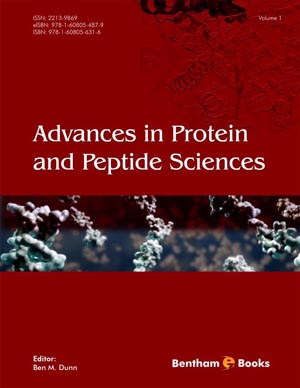Abstract
Cancer is among the most severe risks to the global human population. The
enduring crisis of drug-resistant cancer and the limited selectivity of anticancer drugs
are significant roadblocks to its control and eradication, requiring the identification of
new anticancer entities. The stable aromatic nature, reversible redox properties, and
low toxicity of ferrocene revolutionized medicinal organometallic chemistry, providing
us with bioferrocene compounds with excellent antiproliferative potential, which has
been the focus of persistent efforts in recent years. Substituting the aryl/heteroaryl core
for ferrocene in an organic molecule alters its molecular characteristics, including
solubility, hydro-/lipophilicity, as well as bioactivities. Ferrocifen (ferrocene analogues
of hydroxytamoxifen) has shown antiproliferative potential in both hormone-dependent
(MCF-7) and hormone-independent (MDA-MB-231) breast cancer cells. It is now in
pre-clinical trials against malignancies. These entities operate through various targets,
some of which have been revealed and activated in response to product concentrations.
They also react to the cancer cells by diverse mechanisms that can work in concert or
in isolation, depending on signaling pathways that promote senescence or death. The
behavior of ferrocene-containing hybrids with a range of anticancer targets is explained
in this chapter.






















